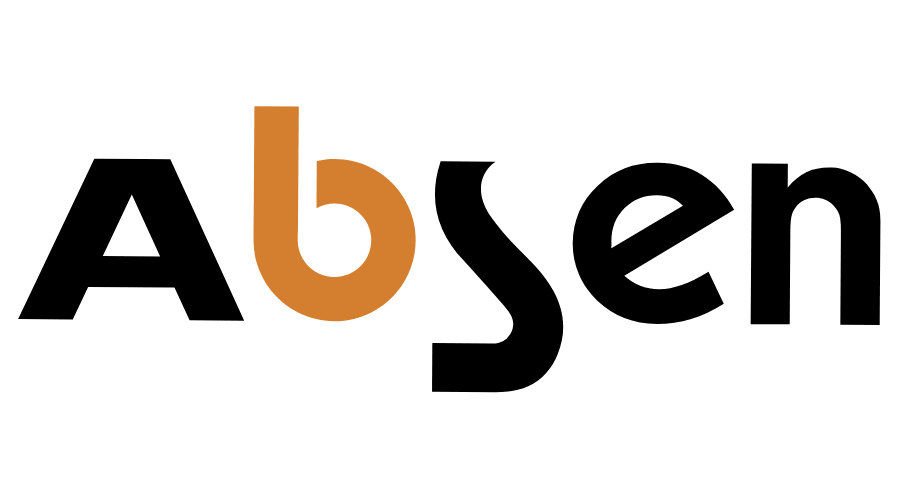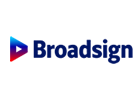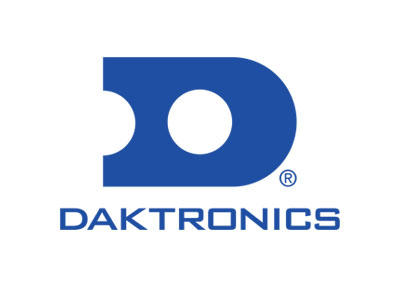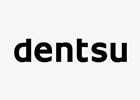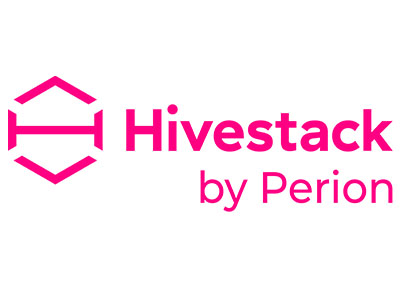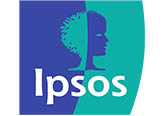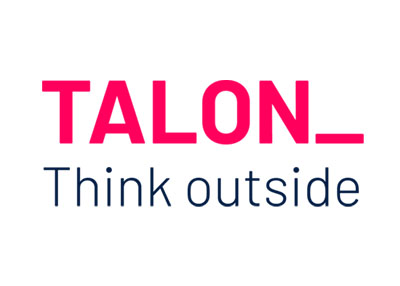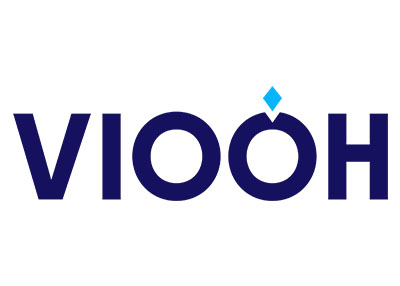 Before you start reading this, let me nail my flag firmly to the mast, lest you begin by thinking that it is written by an out of touch, Luddite who is unwilling to recognize the operational and financial benefits that new technology brings to the OOH business.
Before you start reading this, let me nail my flag firmly to the mast, lest you begin by thinking that it is written by an out of touch, Luddite who is unwilling to recognize the operational and financial benefits that new technology brings to the OOH business.
The advent of Digital signage is not just the most significant and positive move seen in the business (some would say since the arrival of aluminum ladders !), but it is singularly the most important catalyst for display consistency in all markets, tighter audience targeting and continued revenue growth in the OOH sector.
I have championed of the growth of Digital for many years and I take my hat off to site owners around the world for the way they have embraced a concept which at the beginning took an enormous act of faith, as well as capital expenditure.
Sure, the promise of maximizing revenue from single locations by six to eight times helped, but when you are running global businesses you need to be pretty sure that your investments are really going to increase your bottom line.
So now we have a ubiquitous presence of digital OOH units in most global markets from street signage to airport advertising and from shopping malls to sports arenas and other destination based venues.
Of course, not all OOH is digital and the traditional static sites which still exist in large numbers(and will continue to exist) attract continued revenue from advertisers alongside, or in isolation from digital.
Such static sites now have the nomenclature “Classic” and there was much debate at the recent FEPE congress in Barcelona about their future sales potential in this growing digital marketplace.
In fact almost 60% of global OOH inventory is still Classic.
I am convinced that these two very separate sectors of today’s OOH business need two very separate marketing strategies, to allay the fears that the rising superstar called digital, will in time, steal most of the “Classic” revenue.
I am also convinced that with the right approach, the two can continue to exist side by side very profitably for both owners and advertisers alike.
I believe that the conundrum, that was debated at length in Barcelona, and which is commonplace in marketing operations globally is analogous with many FMCG advertisers who launch a new brand that competes with their existing stable.
A drinks manufacturer would not expect to ruin the sales of its 33cl bottled beer when launching a 66cl version, nor would a confectionary company expect sales of their 100 year old chocolate bar to decline if they introduced a new brand choice to the consumer.
Why then should we assume that sales of “Classic” sites will decline as digital revenue grows if we get our sales and marketing strategies correct?
Over time I am sure that there will almost certainly be some sort of “Classic” site culling to fine tune site quality, and this “less is more” approach could form one of the points of difference in future marketing strategies between Classic and digital.
In listening to some of the panel sessions I was concerned that some thinking was going too far too fast and that we must remember that we are in the OOH business and not merely selling TV airtime.
One of the intrinsic strengths of OOH is that it has always existed as the only pure advertising medium. The medium is the message and OOH, whether Classic or digital, has no programme content or editorial matter to attract a particular audience.
If you think about it, morning newspapers are usually read in the mornings, evening newspapers in the evenings and TV is at its highest audience rating levels in the evenings too. Thus the audiences receive their messages in very different states of mind.
Whether in Classic or digital format, OOH is there 24/7 just asking to be looked at, with nothing to attract a particular audience other than the message which is being displayed.
Of course, some digital locations where people have time to dwell can accommodate engaging content, whilst others where the audience in on-the-move needs content that can subconsciously interrupt.
But in the first instance it will always be the advertisement that first attracts the audience and not the content.
Only when a connection between the product and the content has been established will the propensity to buy be increased.
So it seems to me that if we really want our two revenue streams of Digital and Classic to mature further, develop and grow, we must recognise that the creative treatments for both need to be approached in very different ways.
So it must be Education, Education, Education !!
And not just for creative agencies and clients, but also us in the OOH business
This should be at the very top of our marketing strategy list because failure to educate creative people and advertisers on this most fundamental of issues, will result in the OOH business losing ground in what is the most opportunistic period we have ever known.
At the FEPE Barcelona congress, Mark Craze mentioned the importance of creative work in terms of not only being more important in OOH than in any other medium, but also of it being absolutely vital to the success or otherwise of the advertisers campaign.
I not only endorse that view 100% but even more I felt some discomfort that we might not go further in terms of getting back to basics.
I am concerned that we might run the risk of deserting the very creative fundamentals which have served our industry so well up to now.
Although Digital opens an exciting new revenue door, content should be relevant, reflect simplicity, attract attention & surprise the consumer, because advertisers are increasingly keen to achieve brand stand-out from the greater impact generated by moving images, while exploiting the creative and tactical possibilities that the flexibility of digital OOH offers – whilst at the same time enjoying lower production & distribution costs.
Flexibility is the key benefit. The modern customer-centric advertiser needs to move fast in the techno-world of price transparency, level playing fields and intense global competition. Digital OOH allows advertisers to change their offers rapidly, develop dynamic messaging and deliver copy appropriate to the audience and frame-of mind. This heralds a new level of precision and tactical messaging in outdoor, with ads able to be varied according to the time of day, day of week, state of the weather - even what’s in the media.
So I’m convinced that the future success of the OOH business remains firmly in the area of new technology, and particularly how we grasp the opportunities of maximizing the synergies of OOH with the Mobile industry.
But at the root of this view is my further conviction that the creative disciplines required for Classic and digital are worlds apart. So much so that I think it would be a major error of judgment to assume that whatever the creative content might be for digital, will be suitable for Classic, and vice versa.
These two quite distinct disciplines have the same common denominators but it is my belief that the way we create for digital should follow the time honoured “rules” for Classic, with the addition of relevant content .
Whether Classic or digital, the medium is still the message.
Whether Classic or digital, OOH is still a pure adverting medium
Whether Classic or digital, the audience will be attracted by the message and not the content.
I applaud the Lamar company in Baton Rouge who were one of the early adopters of digital roadside signage. They created their very own digital creative department to help advertisers get the very best out of their digital displays.
They quickly recognized the points of difference between creating for static billboards and Digital, but simultaneously played to the strengths of our medium by using the same rules for digital creative that have served the OOH industry so well over the years.
The result has been that their Classic sites have still thrived.
It seems to me that there is no reason why Classic signage can’t flourish alongside digital in today’s market, provided that we recognize the need to continually educate clients and creative agencies about the inherent creative strengths of a medium that’s been around forever.
And of course provided that we in the OOH industry keep our feet on the ground and always have in mind that we are not selling TV airtime, we are not content providers and we are not trying to sell ads in commercial breaks.
Dennis Sullivan 10 June 2016
